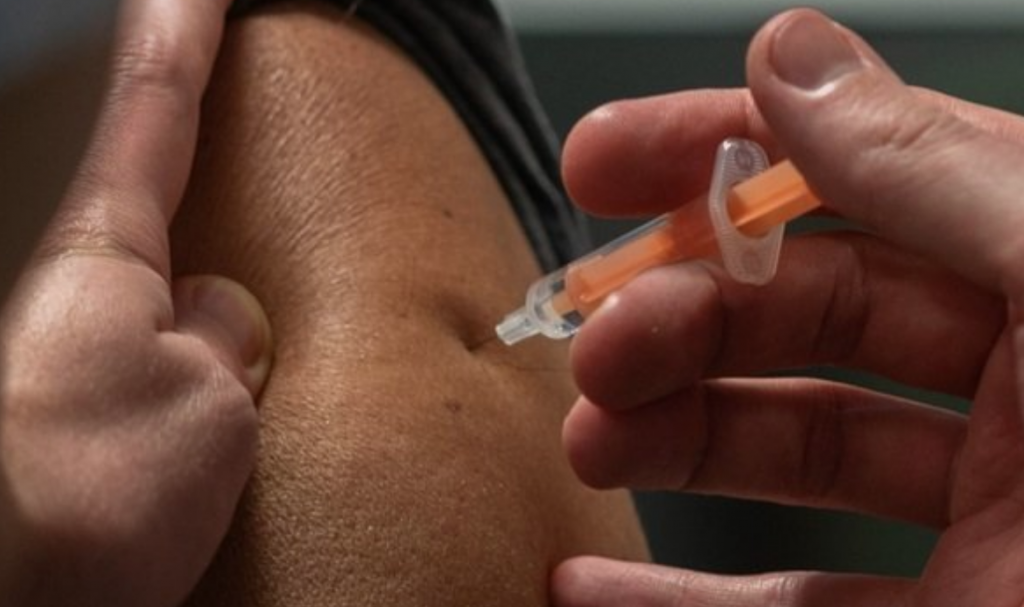
Electronic health record tracking is lagging due to the pandemic, according to a report
Electronic Health Records Lack Systems, Lead to Confusion over Covid Infections, Immunizations
We are living in the digital world we created, but what if it’s failing us? Information should be as close as your computer keyboard and as fast as the speed of light, but Covid-19 has shown Americans that many of the systems we thought we could count on in an emergency didn’t work as designed.
This week’s spectrum.ieee.org has an in-depth piece about the failure of the EHR or electronic health records. The failure is explained in depth by author Robert M. Gharette.
The Centers for Disease Control and Prevention (CDC) website states that if you have or suspect you have Covid-19, to inform your doctor. However, who do you tell that you actually received your shot?
If you get the shot at a local hospital that is affiliated with your doctor, the vaccination information might show up in your electronic health record (EHR). However, if it doesn’t, or you get the shot through a pharmacy like CVS, your vaccination information may end up stranded on the little paper CDC vaccination card you receive with your shot. You will need to give your doctor your vaccination information, which will have to be manually (hopefully without error) entered into your EHR.
It was supposed to be automatic.
When President George W. Bush announced in his 2004 State of the Union address that he wanted every U.S. citizen to have an EHR by 2014, one of the motivations was to improve medical care for a public health crisis like a pandemic.
The 2003 SARS-Cov-1 pandemic had highlighted the need for the access, interoperability, and fusion of health information from a wide variety of governmental and private sources so that the best public health decisions could be made by policymakers in a rapid fashion. As one Chinese doctor remarked in a candid 2004 lessons learned article, in the spring of 2003 SARS had become “out of control due to incorrect information.”
Today, President Bush’s goal of access to electronic health records has been met, thanks in large part to the $35 billion in Congressionally-mandated incentives for EHR adoption set out in the 2009 American Recovery and Reinvestment Act. But EHRs have created challenges during the SARS-Cov-2 pandemic, and at least one doctor says they’re a problem.
Tracking Shots
The biggest issue to be confronted on a national basis right now, is trying to keep track of who has had a shot, which brands of shot, and how long between vaccine doses. The EHR should be able to help smooth this problem out.
Even back in 2007, researchers were outlining how EHRs should be designed to support public health crises and the criticality of seamless data interoperability. However, the requirement for universal EHR interoperability was lost in the 2009 Congressional rush to get hospitals and individual healthcare providers to move from paper medical records to adopt EHRs. Consequently, EHR designs were primarily focused on supporting patient-centric healthcare and especially on aiding healthcare provider billing.
However, different EHR record systems throughout institutions aren’t interacting, slowing vaccine distribution. Even hospitals themselves operate several different EHRs, with the average reportedly having some 16 disparate EHR vendors in use at its affiliated practices. And that’s not the only issue:
Yet another factor has been that state and local public health departments have been cut steadily since the recession of 2008, along with investments in health information systems. Many, if not most, existing state public health IT systems for allocating, scheduling, monitoring and reporting vaccinations have proven not up to the task of supporting the complex health information logistical requirements in a pandemic, and have required significant upgrades or supplemental support. Even then, these supplemental efforts have been fraught with problems. Of course, the federal government’s IT efforts to support state vaccination efforts in the wake of such obstacles has hardly been stellar, either.
The Good News
Finally, the importance of having seamless health IT systems, from health provider EHR systems to state and federal government public health IT systems, is now fully understood. Late last year, Congress authorized $500 million under the Coronavirus Aid, Relief, and Economic Security (CARES) Act to the CDC for its Public Health Data Modernization Initiative. The Initiative aims to “bring together state, tribal, local, and territorial (STLT) public health jurisdictions and our private and public sector partners to create modern, interoperable, and real-time public health data and surveillance systems that will protect the American public.” The Office of the National Coordinator for Health Information Technology will also receive $62 million to increase the interoperability of public health systems.
read more at spectrum.ieee.org







Leave A Comment